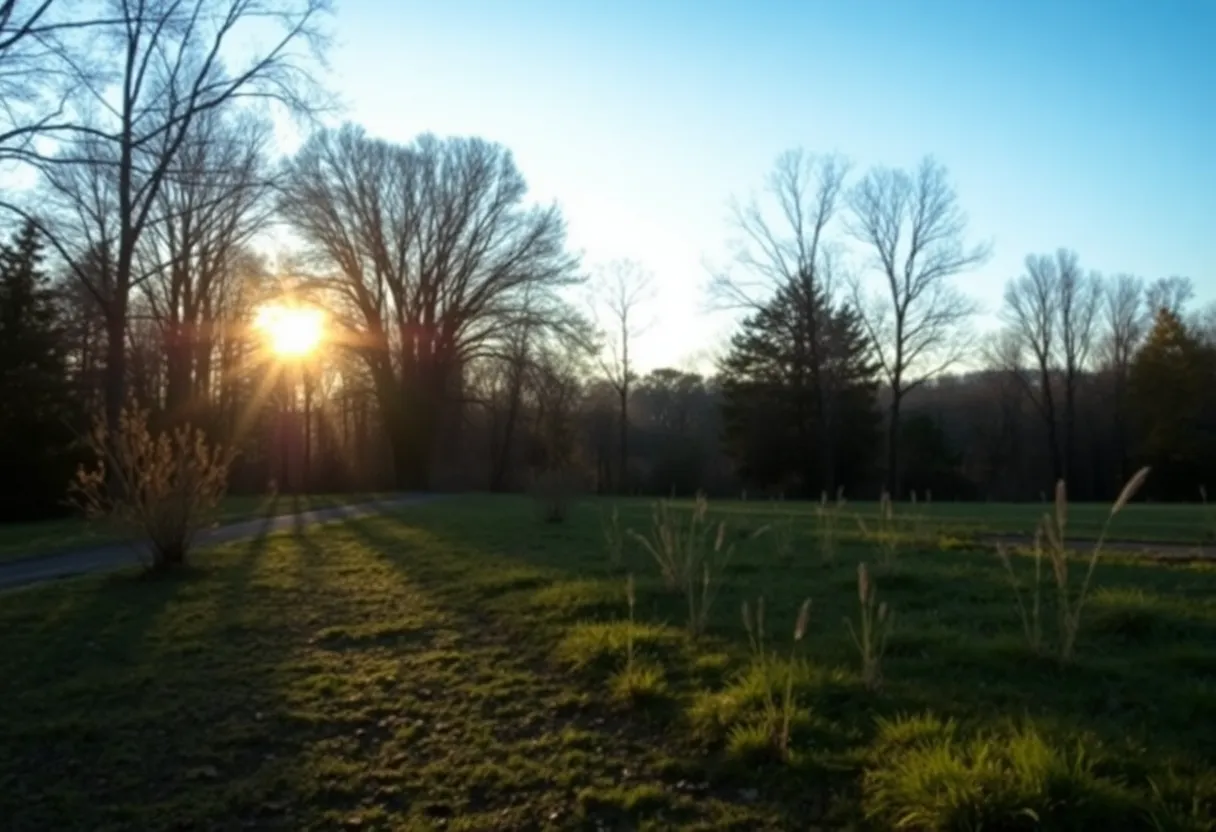News Summary
The Arizona Attorney General’s Office has identified a body found over a decade ago as Kermit Wayne Anderson, thanks to advancements in genetic genealogy. This breakthrough can provide closure for families of missing individuals. Anderson, who had died from a self-inflicted gunshot wound, was previously a John Doe. This case exemplifies how modern science is being leveraged to solve long-standing cold cases and reconnect families with their loved ones.
Phoenix, Arizona – The Arizona Attorney General’s Office Cold Case Unit has officially identified a body discovered more than a decade ago as belonging to Kermit Wayne Anderson. The announcement follows a complex investigation triggered by new advancements in genetic genealogy, shedding light on a case that remained unsolved since the body was found on October 13, 2011. Anderson was initially known only as a John Doe, as he had no identification when discovered.
Investigators confirmed that Anderson died from a self-inflicted gunshot wound. After conducting various inquiries and examinations over the years, the case reached a pivotal moment in 2024 when the Maricopa County Office of the Medical Examiner (MCOME) decided to explore genetic solutions. This initiative involved collaborating with a group of Investigative Genetic Genealogy (IGG) students who utilized DNA analysis tools to research potential matches.
Remarkably, within a month of initiating their research, these students identified Anderson as a possible match. To verify the findings, MCOME requested a DNA sample from Anderson’s son, which ultimately confirmed the identity of the deceased on May 19, 2025. This breakthrough marks a significant achievement in using modern science and technology to address long-standing cold cases.
The success of this case underscores the significant role that genetic genealogy can play in solving cold cases and restoring names to unidentified victims. Arizona Attorney General Kris Mayes expressed gratitude towards the Cold Case Unit for their diligent work to deliver answers and justice for families grappling with the loss of missing and murdered individuals.
The advancements in DNA analysis and research are part of a broader effort by the IGG Center, which has been instrumental in closing numerous cases in recent years. This initiative reflects an ongoing commitment to utilizing innovative methods to tackle unsolved crimes and giving closure to the victims’ families.
The case of Kermit Wayne Anderson is a poignant reminder of the power of genetic technology in criminal investigations. While it took over thirteen years to identify the individual, the developments in this case illustrate a hope for resolution in other unsolved mysteries within the state and beyond. The collaborative efforts of forensic teams and genetic researchers present a new frontier in the quest for justice, highlighting how science can help bring accountability even after years of unanswered questions.
As forensic science continues to evolve, cases like Anderson’s serve as an example of how authorities can leverage these advancements to pave the way toward resolving cold cases. The identification of Anderson not only restores his name to his story but also exemplifies the tireless commitment of law enforcement and scientific communities to reconnect families with their loved ones and provide them the closure they deserve.
As investigations led by the IGG Center continue, the data emerging from similar cases promises to enhance the methods used in identifying unidentified victims and finding solutions to cases that have long stumped law enforcement agencies.
Deeper Dive: News & Info About This Topic
HERE Resources
Man Sentenced for Manslaughter in Beating Death Case
Phoenix Activates Comprehensive Heat Response Plan
IKEA Announces New Store Opening in North Phoenix
Truck Fire Causes Major Disruption on Loop 101 Freeway
Phoenix Magazine Ranks the Valley’s Top 25 Neighborhoods for 2024
Phoenix Detectives Revisit Luna Family Murder Case
Arizona Prepares for a Spectacular Cinco de Mayo Celebration
Rain Delays High-Stakes Clash Between Texas Tech and Arizona State
Mountain View Bakery and Café: Comfort Food in Green Valley
Immigration Attorney Receives Self-Deportation Notice in Arizona
Additional Resources
- KTAR: Genetic Genealogy in Phoenix Cold Case
- AZCentral: Arizona Forensic Investigation Identifies Border Remains
- Forensic Magazine: Arizona Cold Case Identity Confirmed
- NBC News: Remains Found at Hoover Dam Identified
- KGUN9: Pima County Medical Examiners Solve 2008 Cold Case
- Wikipedia: Genetic Genealogy
- Google Search: Cold Case Investigations
- Google Scholar: Forensic Science
- Encyclopedia Britannica: DNA
- Google News: Cold Case Genetic Genealogy

Author: STAFF HERE PHOENIX WRITER
The PHOENIX STAFF WRITER represents the experienced team at HEREPhoenix.com, your go-to source for actionable local news and information in Phoenix, Maricopa County, and beyond. Specializing in "news you can use," we cover essential topics like product reviews for personal and business needs, local business directories, politics, real estate trends, neighborhood insights, and state news affecting the area—with deep expertise drawn from years of dedicated reporting and strong community input, including local press releases and business updates. We deliver top reporting on high-value events such as the Waste Management Phoenix Open, Cactus League Spring Training, and Arizona State Fair. Our coverage extends to key organizations like the Greater Phoenix Chamber of Commerce and Visit Phoenix, plus leading businesses in technology and healthcare that power the local economy such as Intel and Banner Health. As part of the broader HERE network, including HERETucson.com, we provide comprehensive, credible insights into Arizona's dynamic landscape.





